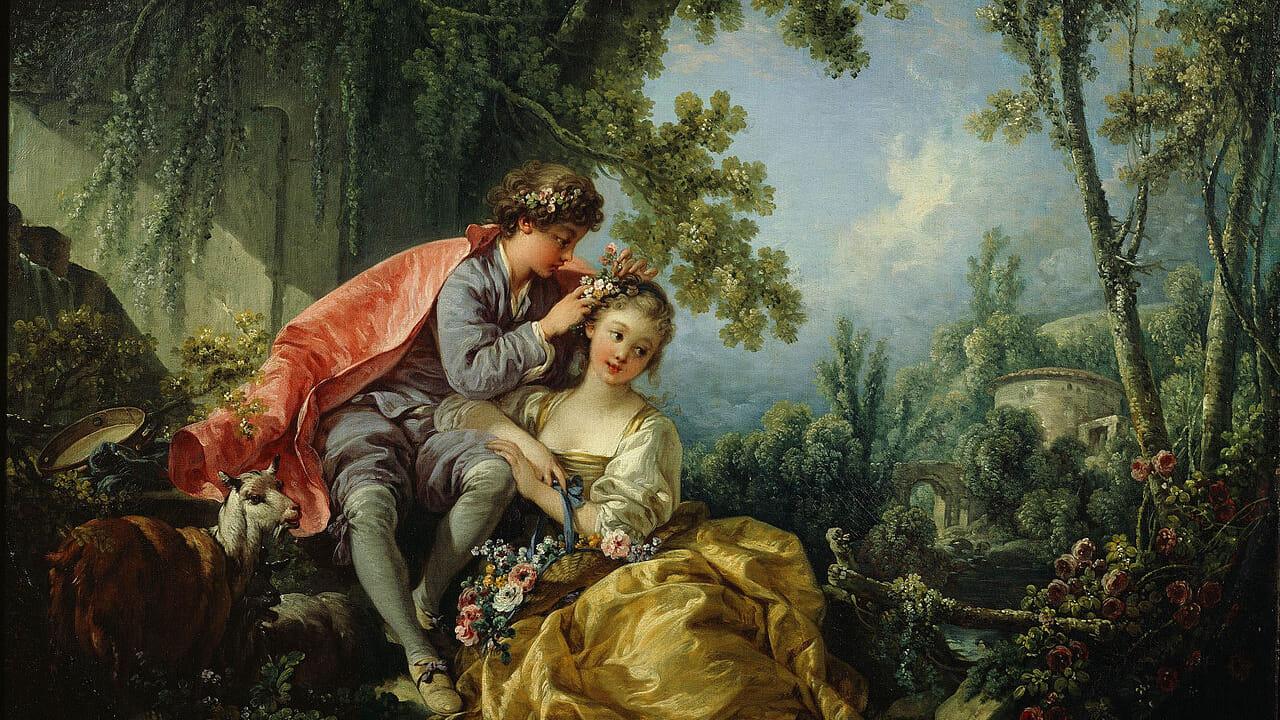Antonio Vivaldi’s The Four Seasons (Le quattro stagioni) is one of the earliest and most iconic examples of programmatic music. Vivaldi composed the collection of four violin concerti, each depicting a season of the year, during his tenure as music director at the court chapel of Mantua. Together with eight additional concerti, the works were published in Amsterdam in 1725 under the enticing title, Il cimento dell’armonia e dell’inventione (“The Contest Between Harmony and Invention”).
The vivid, atmospheric nature of The Four Seasons, as well as Vivaldi’s violin playing, were bold and shocking at the time. Boris Schwarz wrote,
His contemporaries knew and admired him; they were struck by the newness of his invention, the flashes of his imagination, the logic of musical design, the variety of tone color in his orchestral scores. To Johann Sebastian Bach, Vivaldi was a revelation: Bach studied his works by copying and rearranging a number of Vivaldi’s concertos until he felt secure in the “modern” Italian style.
The Baroque concerto grosso involves a musical conversation between solo instruments and the full group, which plays a recurring ritornello. In the opening of Concerto No. 1 in E Major, “Spring,” the ritornello bursts forth with bright sunshine, interspersed by birdcalls in the solo instruments. We are swept along by the powerful current of a rapidly flowing stream. The second movement is a gentle lullaby for a sleeping goatherd. The tranquillity is interrupted rudely by the sound of a persistently barking dog played by the viola. The final movement is a joyful rustic dance, accompanied by the drone of a shepherd’s bagpipe.
This adventurous performance, featuring Shunske Sato and the Netherlands Bach Society, was recorded on October 7, 2016 in Amsterdam:
Featured Image: “The Four Seasons: Spring” (1755), François Boucher

